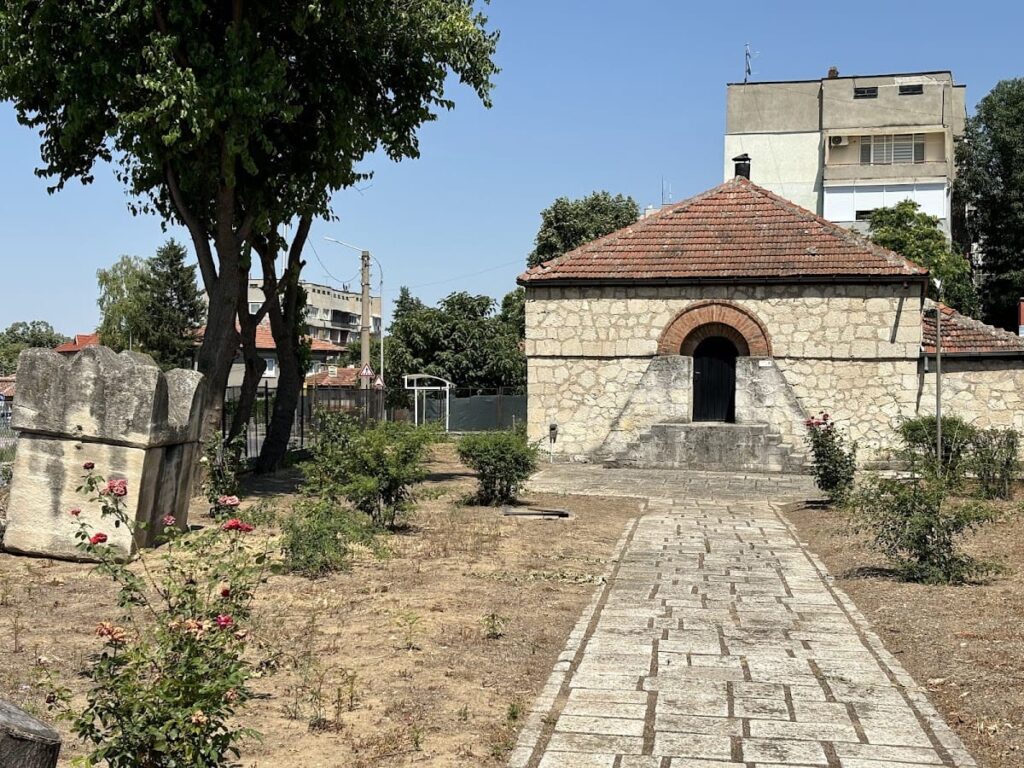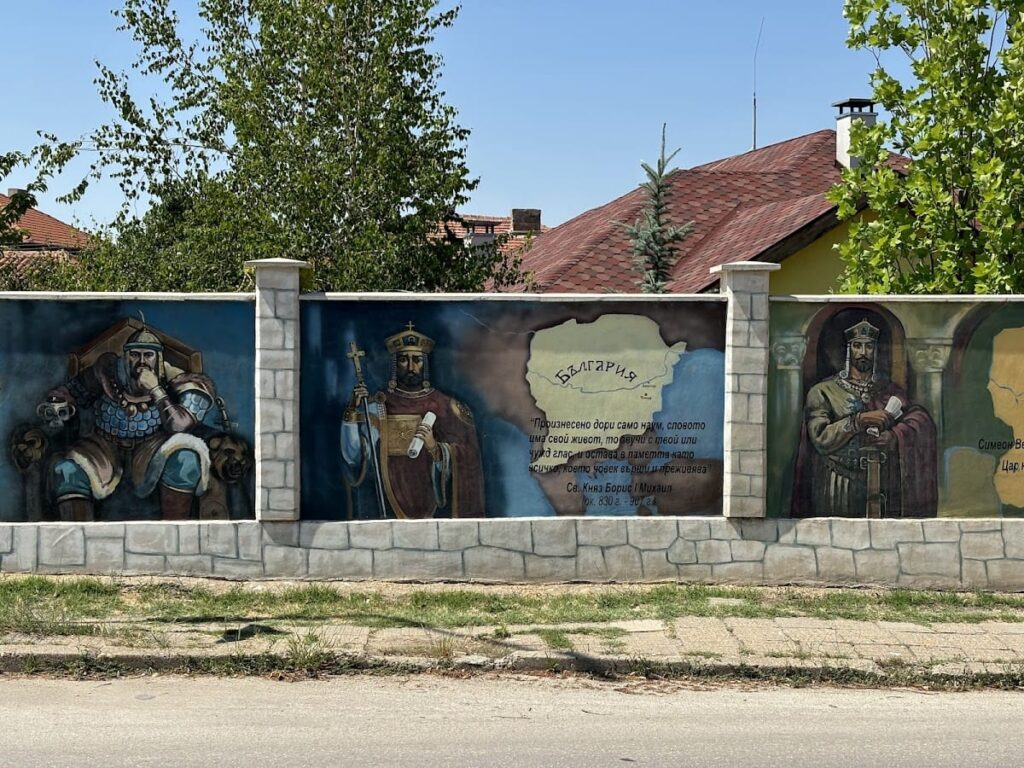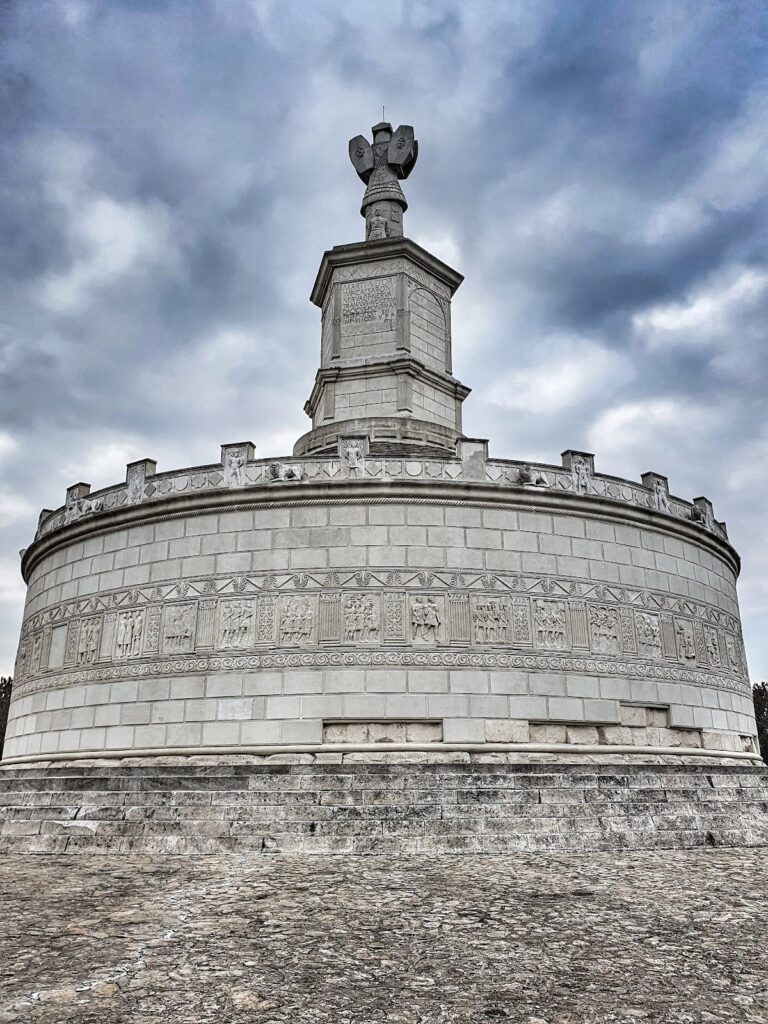Roman Tomb in Silistra: A Well-Preserved Late Antique Monument in Bulgaria
Visitor Information
Google Rating: 4.5
Popularity: Low
Google Maps: View on Google Maps
Country: Bulgaria
Civilization: Byzantine, Roman
Remains: Burial
History
The Roman Tomb in Silistra is located in northeastern Bulgaria, within the ancient city known as Durostorum during Roman times. This tomb dates back to the mid-4th century AD, a period when the Roman Empire still held control over the region.
The tomb was constructed during the reign of Emperor Theodosius I, who ruled from 379 to 395 AD. It likely predates his later policies against paganism, as the tomb’s owner was a pagan at a time when Christianity was becoming more widespread in the area. The presence of pagan symbolism suggests the tomb was commissioned before Theodosius I’s persecution of non-Christian religions intensified.
Following the Gothic invasions, the family that owned the tomb probably fled the city, which may explain why the tomb was never used for burials. The invasion caused major disruptions in Durostorum, leading to abandonment or changes in the use of many structures. The tomb remained hidden until its discovery in 1942 on the southern outskirts of modern Silistra.
Since its excavation, the tomb has been recognized as the best-preserved monument from the ancient city of Durostorum. It is part of a larger Late Antique necropolis, indicating the area served as a burial ground during this period. In 1984, the site was added to UNESCO’s Tentative List of World Heritage Sites, acknowledging its cultural and historical importance.
Remains
The Roman Tomb in Silistra is a stone-built structure featuring a single burial chamber measuring approximately 3.30 by 2.60 meters. The chamber is oriented west to east, with the entrance located on the eastern wall. It is covered by a semi-cylindrical brick vault, a common roofing technique in Roman architecture.
The floor of the tomb is fully covered with rectangular ceramic tiles painted using the fresco-secco technique, where pigments are applied to dry plaster. The interior walls are richly decorated with multi-colored frescoes that remain exceptionally well-preserved. These paintings provide a vivid depiction of late antique life and art in the Roman Empire’s frontier regions.
The northern, southern, and eastern walls display a procession of servants, while the western wall features images of the tomb’s master and his wife. A decorative frieze with eleven panels shows male and female slaves carrying gifts and garments, arranged symmetrically around the central figures of the owners. Additional motifs include hunting scenes, candlesticks, plants, and animals such as peacocks and pigeons.
The tomb stands among the ruins of a Late Antique necropolis, which contains similar burial structures. Its excellent state of preservation makes it a unique example of funerary art from this period. The tomb has not undergone significant modifications or later reuse, preserving its original design and decoration.





